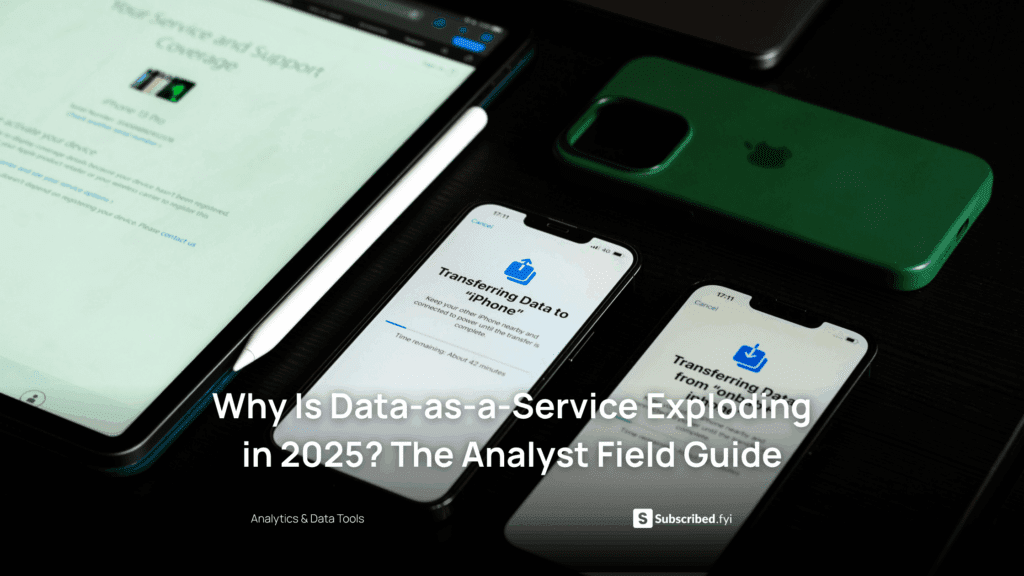Measuring User Experience: Key Metrics and Tools


Measuring User Experience: Key Metrics and Tools
What makes a business successful? Is it tasteful marketing? Top-notch-quality product/service? Seamless interactions? Or exceptional customer support? It’s everything and more, i.e., user experience.
How would you know where you lack and what you need to improve to offer an unparalleled user experience? It’s simple – you have to measure the user experience (UX).
Why Measure UX?
As a marketer, you’re already creating content and pushing it out across all your social media channels. You’ve got products to sell and campaigns to spread the word about. But if you don’t know how well your user experience is performing, then what’s the point of putting so much work in? By measuring and analyzing user experience, you can see what’s working and what isn’t. You also get the opportunity to tweak your digital marketing approach accordingly to get better results.
Learn more about measuring UX.
How User Experience (UX) Metrics & KPIs Are Defined
UX metrics are simply measurements of how people engage with the products and services businesses provide. In other words, it’s the emotional and cognitive effect of using a particular product. This can include elements like intuitive design, ease of use, brand recognition, and loyalty to your company. Understanding the user experience on your website allows you to input this information into your CRM software and make educated decisions when it comes to your digital marketing efforts. The key to remember is that as long as you understand how these metrics are defined, you’ll know how to measure them.
Taking things a step further, these metrics can be broken down into two different categories: Behavioral and Attitudinal.
Key Differences Between UX Metrics and KPIs
Understanding the difference between KPIs and UX metrics is critical. They’re often confused with each other, but they’re two separate things.
| KPI | UX Metrics |
|---|---|
| A KPI is a measurement of success for your business. | UX metrics help you determine how well users are interacting with your brand and products. |
| These include metrics like revenue per user (RPU), average order value (AOV), cost per install (CPI), and others. | These include measurements like user satisfaction, engagement, and loyalty. |
| A key element of a KPI is that it has to be measurable. This means that there’s a number involved. | UX metrics aren’t as easy to measure due to their subjective nature. |
| KPIs can be used to monitor progress over time and allow you to adjust your approach if necessary. | UX metrics are usually tracked throughout an entire campaign. |
Learn more about UX metrics and KPIs.
5 Essential UX Metrics You Need to Measure in 2023
1. Monitoring Real User Metrics As Your Site Is being Used
Real User Monitoring Metrics is crucial in determining how effective a digital product is. This involves analyzing user pain points and then addressing them to improve the overall online customer experience.
Read more about Real User Monitoring Metrics.
2. Metrics Related to User Engagement
This metric looks at how engaged people are with the products and services that you’re providing. Gathering this data gives you insight into whether or not your customers are getting what they want out of their experience with your brand.
Learn more about user engagement metrics.
3. Metrics to the Usability Of Your Website
Another important group of UX metrics is usability metrics. These look at how easy it is for users to access the features and functions of an application or website.
Explore more about usability metrics.
4. Metrics Concerning User Adoption
Adoption analytics is another important UX metric that looks at how quickly users are adopting your solution or product into their lifestyle.
Find out more about user adoption metrics.
5. Metrics That Tell The Story About User Retention
The final UX metric that we’re going to cover is user retention metrics. This measures how many users are returning to your product or service after their initial engagement with it. If you have a high number of users coming back after time, then this is probably a good indication that you’re doing things right.
Discover more about user retention metrics.
Quantifying User Experience: 9 Top UX KPIs You Need to Measure
Behavioral UX KPIs
Behavioral UX KPIs deal with behavior that people exhibit when they’re interacting with a digital product. Behavioral metrics account for all the activities of users which can be seen, heard, or inferred through what they do on the site.
1. Task success rate
This metric looks at how successful users are with core tasks. It helps you figure out whether users can easily accomplish what they set out to do or not.
Explore more about task success rate.
2. Time-on-task
The length of time users spend on an activity can be crucial to measuring its success or failure. It’s often used as a proxy for understanding how engaging an experience was with a product, service, or brand.
Read more about time-on-task.
3. Search vs navigation
Search and navigation patterns in web analytics give you insight into the type of information users are most interested in.
Learn more about search vs navigation.
4. User Error Rate
The user error rate metric lets you know how many times users have tried but failed to complete a task, process, or activity.
Discover more about user error rate.
5. Conversion Rate
The next behavioral metric we’re going to cover is the conversion rate. This measures how many people or new visitors complete a task such as signing up, completing an order, making a purchase, etc.
Find out more about conversion rate.
Attitudinal UX KPIs
Understanding the attitude of someone that is on your website or digital property is not always an easy task. The following KPIs were created to help with this.
7. System Usability Scale (SUS)
SUS is an online questionnaire that enquires about perceptions of the usability of a website, software application, or product.
Learn more about System Usability Scale (SUS).
8. Net Promoter Score (NPS)
The Net Promoter Score is considered by many as a simple way to gauge how satisfied someone was with their overall experience using one of your products or services.
Explore more about Net Promoter Score (NPS).
9. Customer satisfaction (CSAT)
Customer Satisfaction is a measurement of how well a product or service fulfills customers’ expectations.
Find out more about Customer Satisfaction (CSAT).
9 Best Practices to Improve and Optimize User Experience (UX)
1. Act on Collected Feedback
Ask yourself this – did you just collect customer feedback for the sake of it? We’re sure the answer is no. The efficacy of incorporating feedback into your business for user experience optimization is a proven norm.
Learn more about acting on collected feedback.
2. Identify Crucial Customer Touchpoints
A significant part of delivering exemplary user experience is creating impactful touchpoints with attractive CTAs, guaranteeing a smooth customer journey.
Discover more about identifying crucial customer touchpoints.
3. Build Navigation That Makes Sense
If you want to create a website that’s fun to look at and easy to use, you’ll have to balance aesthetics and functionality. This is essential to optimize the user experience.
Read more about building navigation that makes sense.
4. Create a Flawless Onboarding Experience
Irrespective of your product type, new users always appreciate little help from companies when getting started.
Explore more about creating a flawless onboarding experience.
5. Introduce Self-Help Options in Your Customer Service
Nothing screams ‘Bad UX’ for customers more than when they have to wait helplessly to receive customer support.
Learn more about introducing self-help options.
6. Constantly Evaluate Your UX
You’ll have to stick to the iterative process to ace UX optimization. It is not a one-and-done deal; you must constantly test your strategies and website/mobile app experience to discover users’ challenges.
Discover more about constant evaluation of UX.
7. Premium Branding Integrations
If you have a SaaS business, it’s best to offer seamless integrations with other tools. This makes it easy for your tool to integrate into the business ecosystem and ensures it syncs and performs well without posing any limitations for users.
Learn more about premium branding integrations.
8. Seamless Experience Across Platforms
User experience is a holistic concept and not just based on a website or mobile experience. So, to offer a kickass UX, you need to consider the experience across all platforms, from offline to digital.
Find out more about seamless experience across platforms.
9. Offer Single Sign-On
Many companies are opting for the single sign-on feature where their users can access their tool or a suite of tools with a single email account.
Discover more about offering single sign-on.
Top 5 Tools To Measure User Experience (UX) in 2023
With the above in mind, let’s consider the various tools available and what they can measure.
- Hotjar: A tool for running surveys and collecting customer feedback.
- Sematext: A tool for quantifying user and website data using Google Analytics.
- Toptal: A user experience analytics platform that provides fast insights from visitors.
- Koru: Usability testing tool that allows you to record in-depth video sessions of real people using your product or service.
- UserTesting: A tool for usability testing and other UX measurements.
Conclusion
In conclusion, if you’re looking to measure the effectiveness of your website, product, or application, there are various tools out there to help you – but the main thing is that the right metrics and KPIs need to be selected in the first place.











